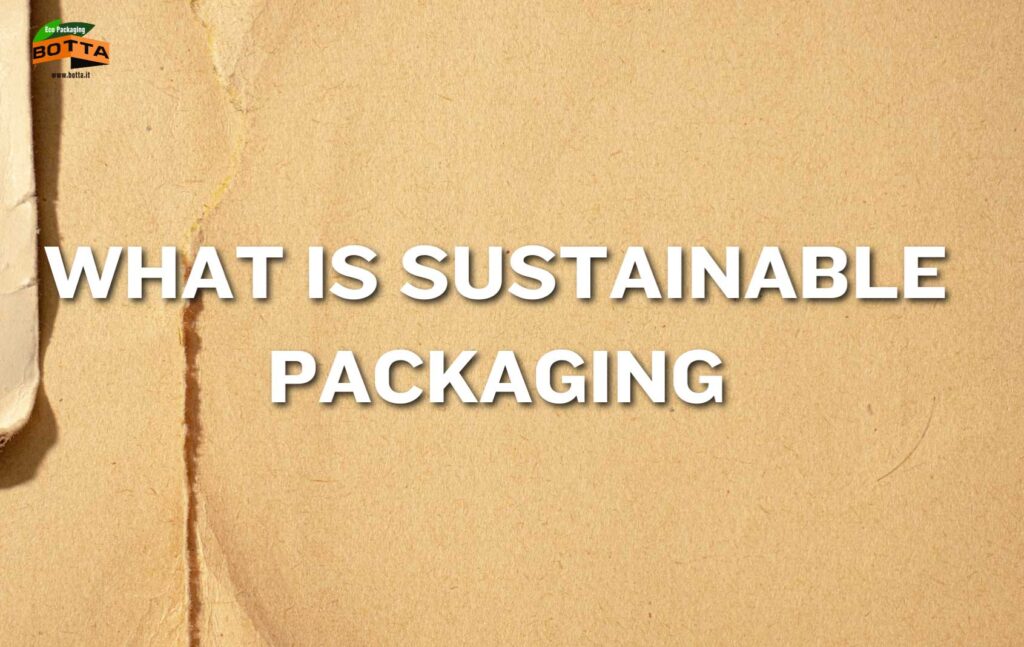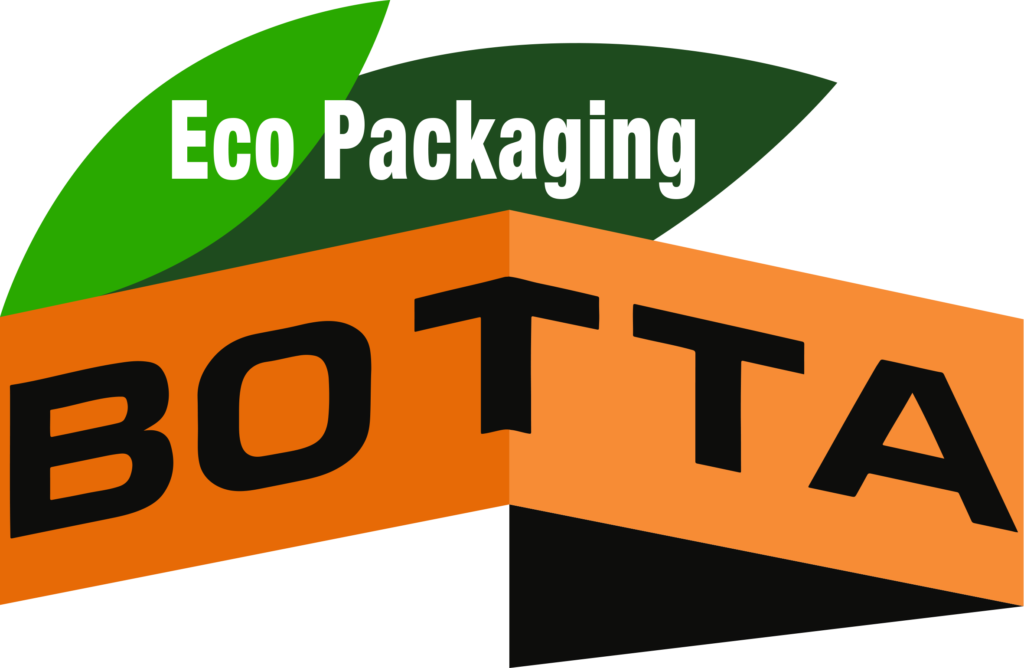Eco-friendly packaging is becoming more and more popular and recognized as a solution to secure products in an attractive display in the eyes of customers.
Sustainable packaging, also termed as environmentally-friendly packaging, is a packaging solution alternative to traditional materials such as plastic and aluminum. This type of packaging allows the reduction of environmental impact while protecting products in a presentable way.
Sustainable food packaging, in particular, is increasingly becoming more important to minimize human impacts on the environment and to improve the health of our planet, by enabling the packaging of a wide range of food products from fresh fruits and vegetables to drinks. In addition to preserving the foods fresh and of good quality, sustainable packaging materials are also protecting foods from contaminating bacteria. Also, they are usually lighter and cheaper compared to the traditional material, which, in a way, helps businesses in saving money.

What is considered “sustainable packaging”
Sustainable packaging for any purpose must be:
- Made of sustainable materials, that can be either biodegradable, recyclable, or compostable.
- Designed to be sustainably disposable, which means that since the design phase, the packaging is developed to be disposable in a way that cuts down the number of raw materials and waste ending up in the dumping ground.
- Energy efficient, in the sense that this type of packaging consumes less energy which can decrease production costs
Paper, cardboard, and cellulose are among the most frequent choices of materials. They fit all of the three criteria which is important because it means that the packaging surely respects the environment and nature, and therefore supports sustainable development.
Materials mostly used as sustainable packaging
In general, it is important to select materials with the least negative impact on the environment.
It must be easily recycled or composted by the end of its lifecycle. It also must be possible to reduce the packaging’s average weight to make it lighter and has less volume. This is useful for optimization of space occupation during the transport of the packaging, which may result in the minimization of carbon dioxide generated by the transport vehicles. The less occupied space also means better storage management in the warehouse that can help in reducing production costs.
Below are the most common materials utilized for sustainable packaging:
- Paper: due to its recyclability and biodegradability, and is used mainly for making boxes and bags
- Cellulosa: a natural material obtained from renewable sources such as wood, plants, and algae, and has good formability
- Transparent paper: an alternative to plastic, mostly used in the fashion industry to securely pack products leaving a glimpse of the content
- Innovative materials: Researchers derive new processes to create packaging out of, for example, corn, mushroom, and algae
Advantages of using sustainable packaging for a company
There is always a rise in the number of people who are aware of their environmental footprint. These people choose to pay for more environmentally-friendly packaging and overall have a positive impression towards commercial agencies with a commitment to sustainability.
By using this type of packaging, a company can be a contributor to the reduction of negative environmental impacts and may showcase itself as being socially responsible. Customers can see such a company in a different light than its competitors. The company can even earn their trust by being involved in the creation of a more sustainable environment. As a result, using sustainable packaging can enhance its reputation.
Using more environmentally-friendly packaging can also help a company in saving money in the long term. Since this type of packaging is usually lighter and has less volume, storage will only need a relatively smaller space in the warehouse as compared to conventional materials. This reduces costs of packaging transport and logistics in the long run and also minimizes packaging costs while securely packing products.
Another important point is that the adoption of sustainable packaging by businesses is also obligated by laws. The regulation can be strict with the risk of being fined and given sanctions in cases of failure to comply. Using sustainable packaging is one of the acts showing compliance with the regulation and in a way helps companies minimize their production costs.
Conclusion
To sum up, sustainable packaging is a winning choice for businesses. In addition to reducing harmful environmental impact, it is already being recognized as a good marketing and branding tool to increase a company’s competitiveness and a cost-reducing tool due to more efficient utilization of resources.
Using sustainable packaging also demonstrates how a company conforms to the regulation and commits towards a sustainable future for us all.

















